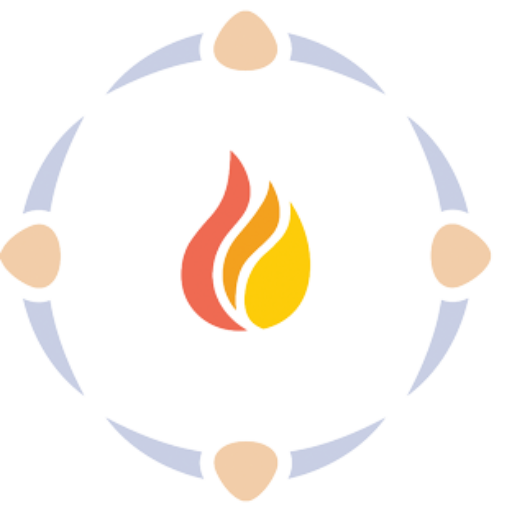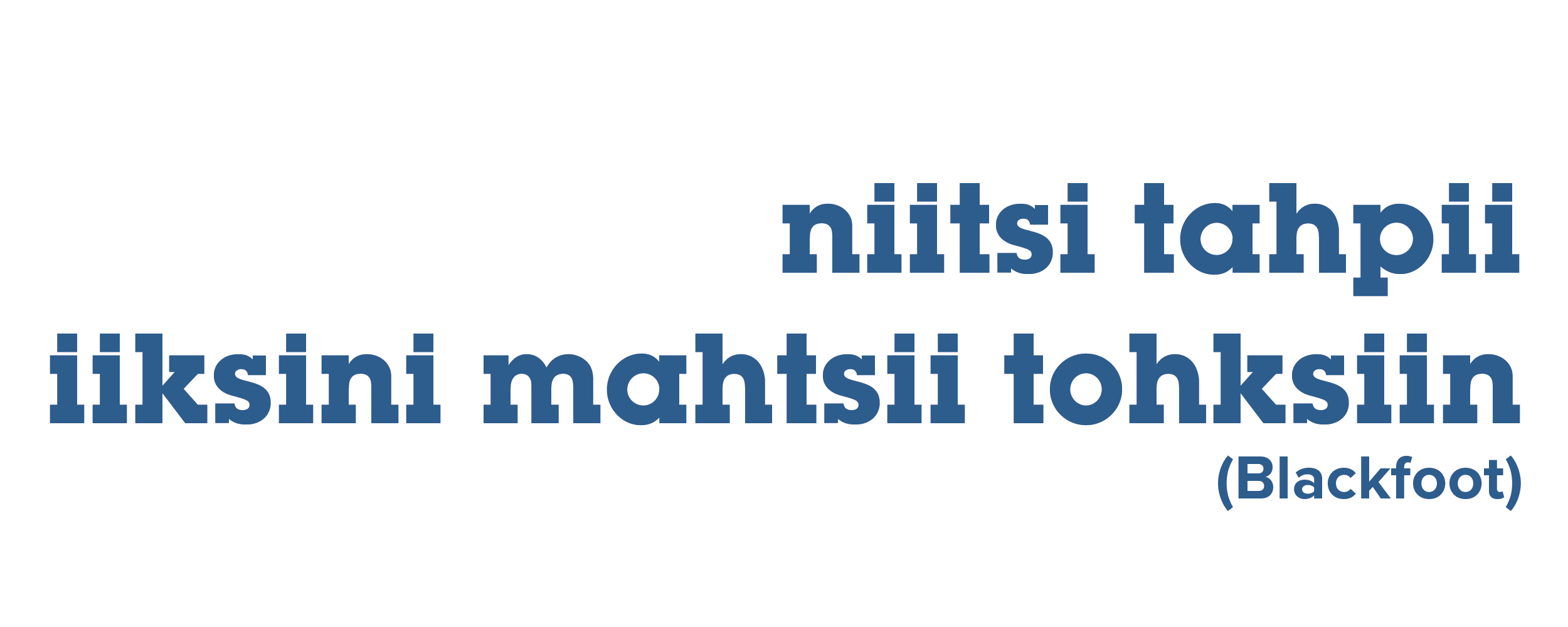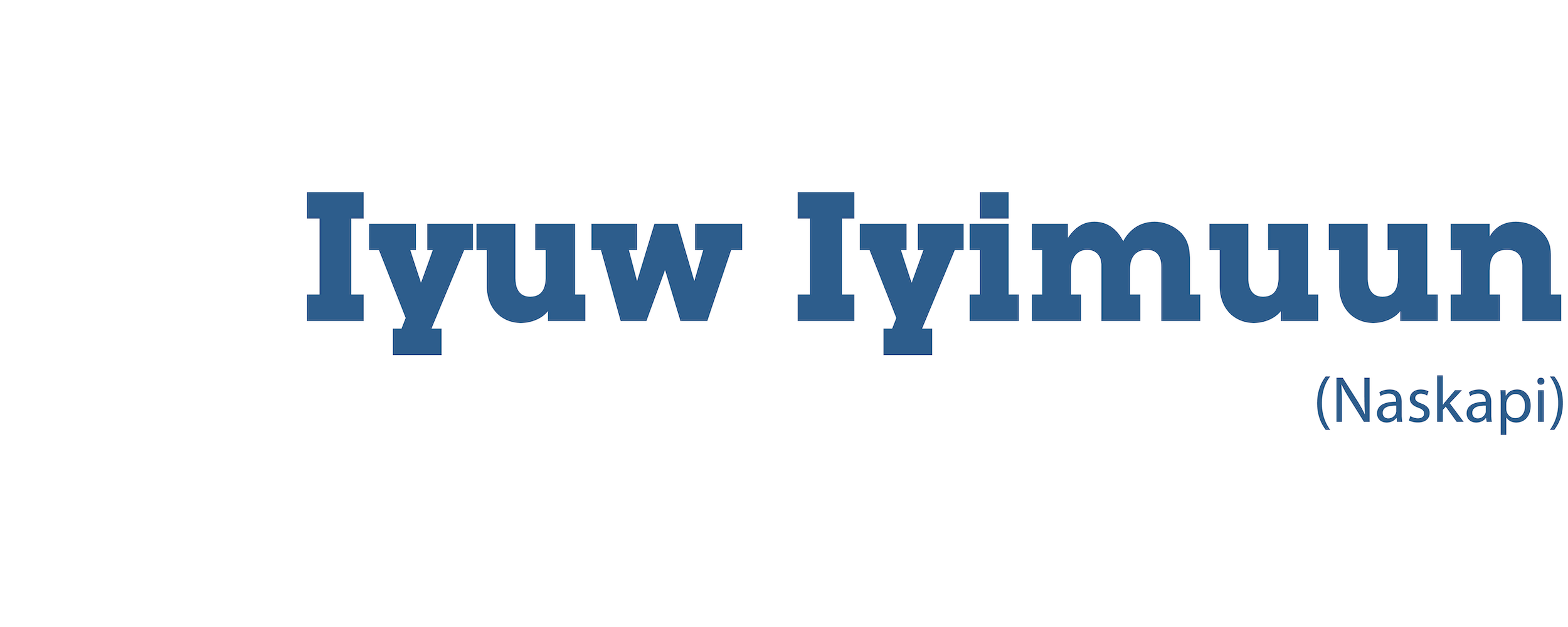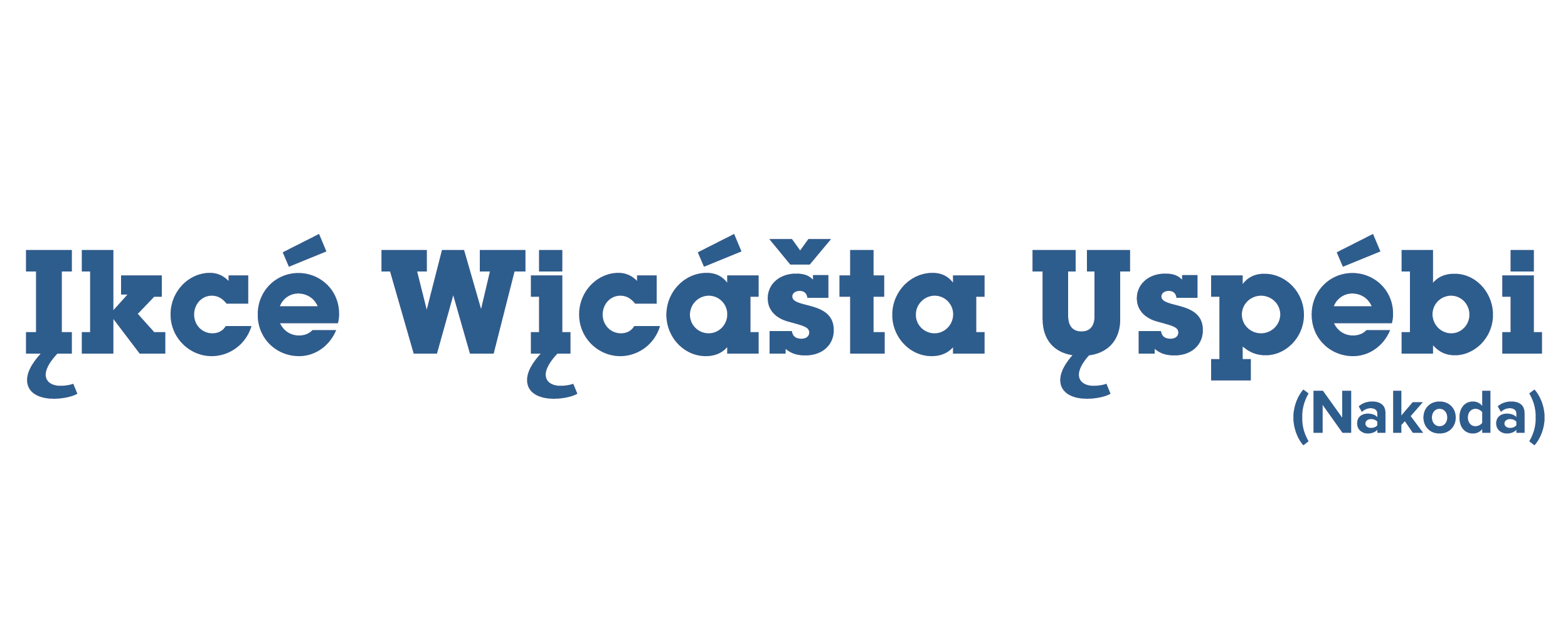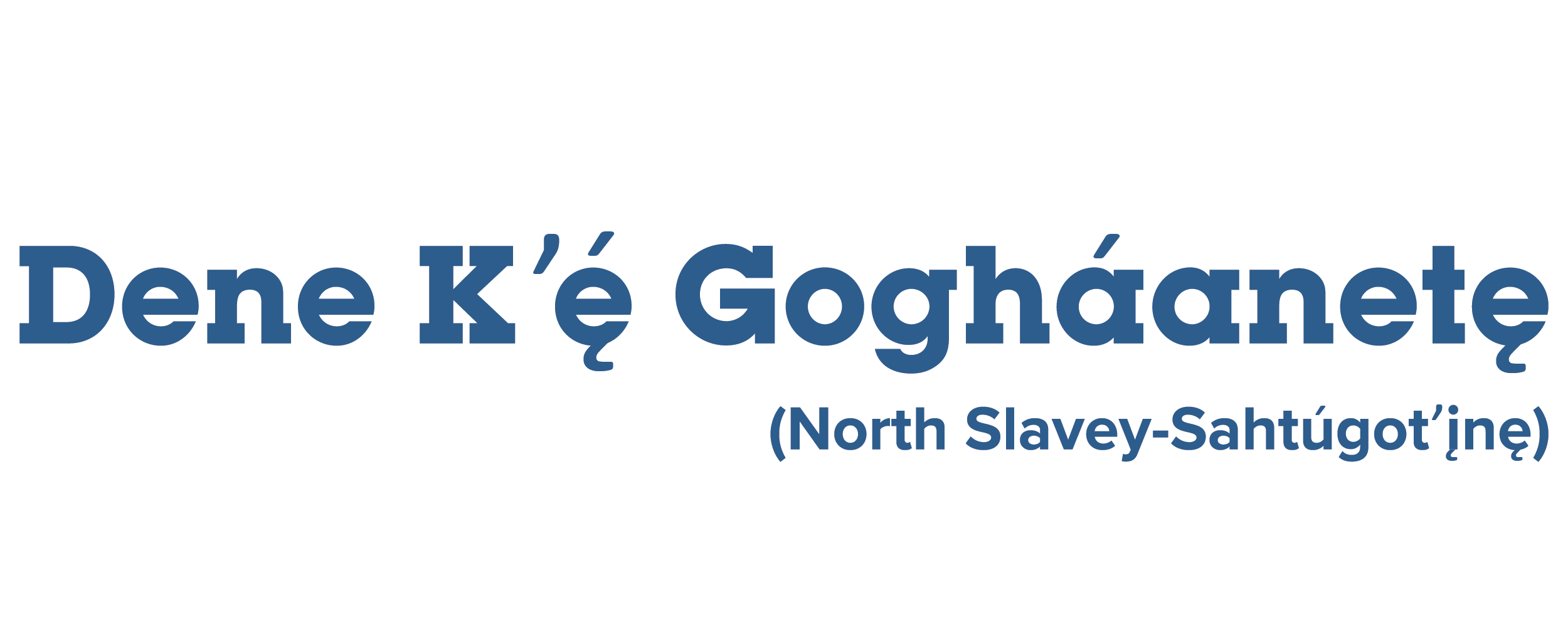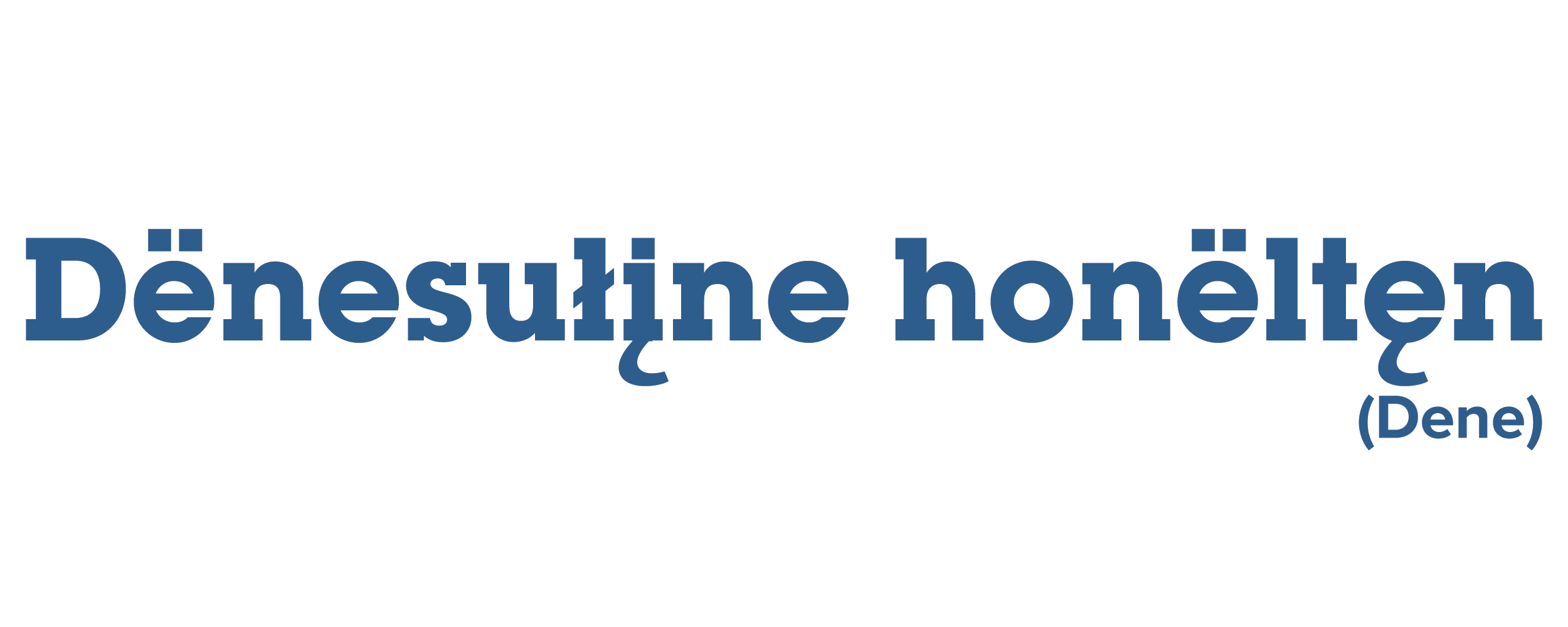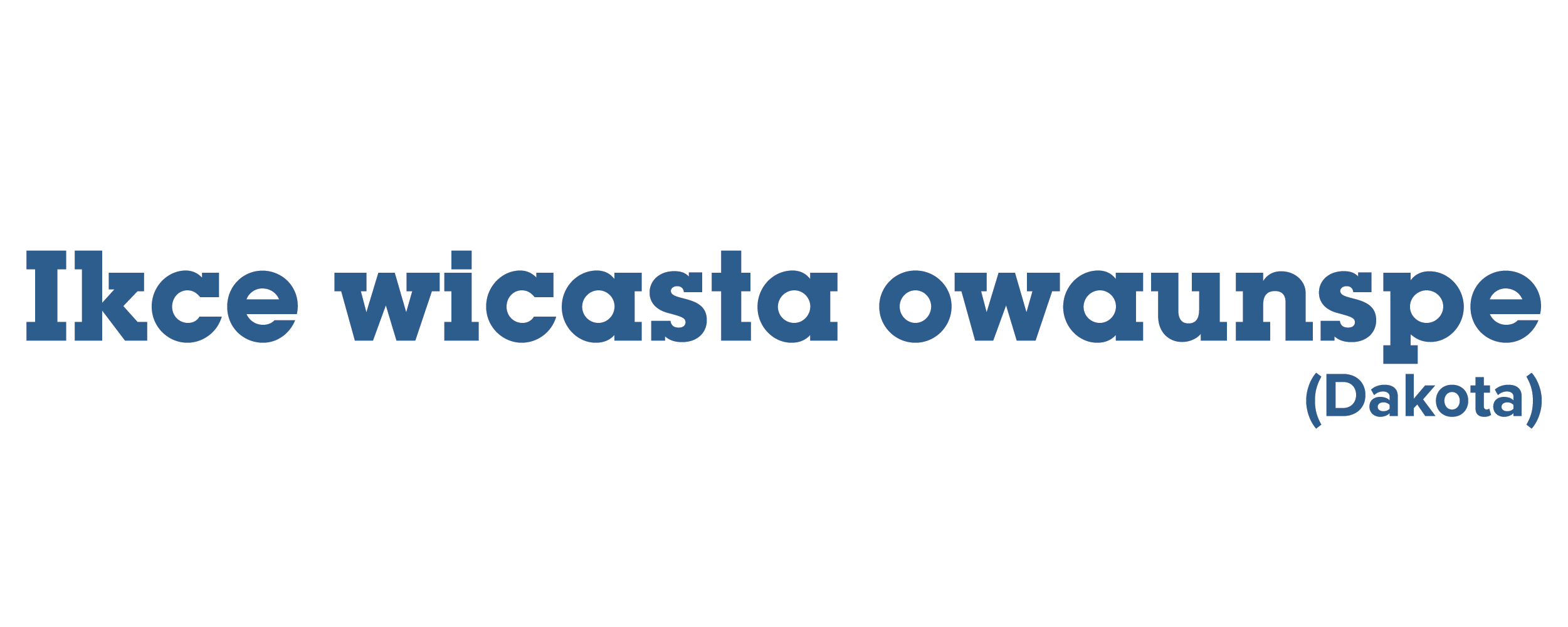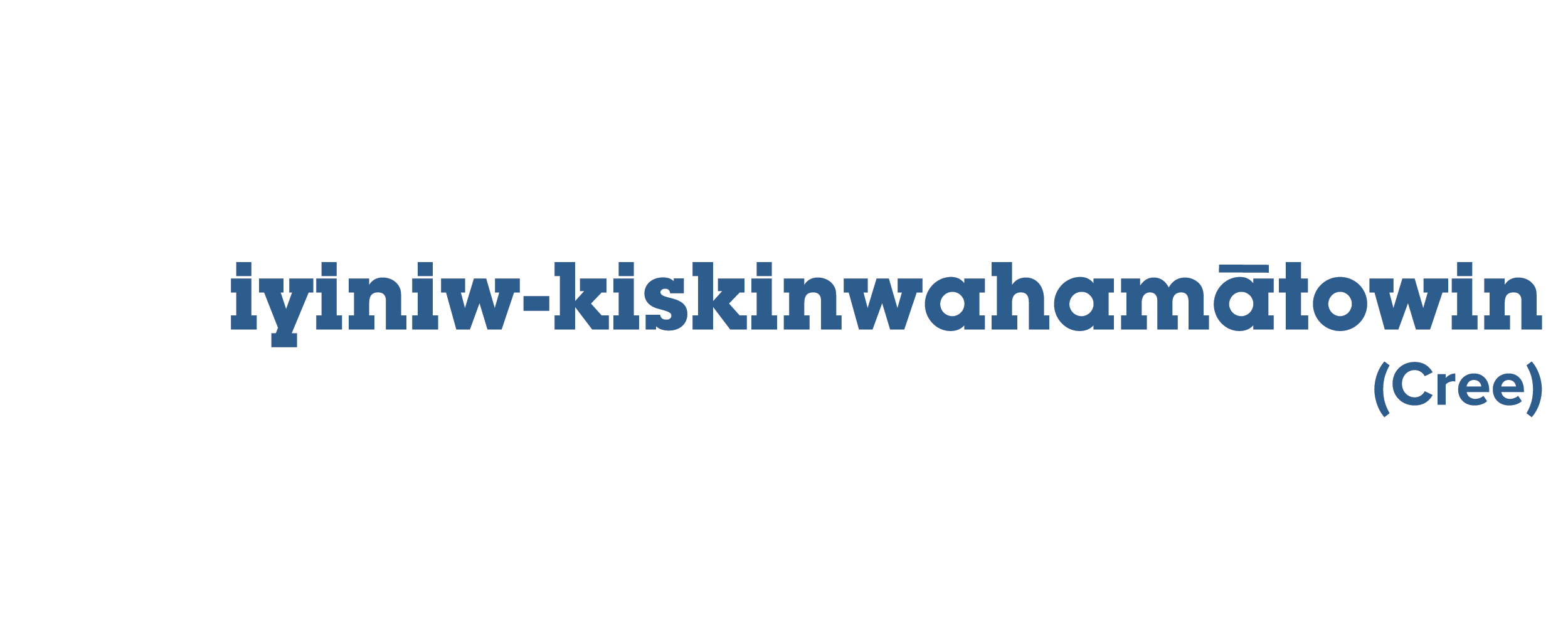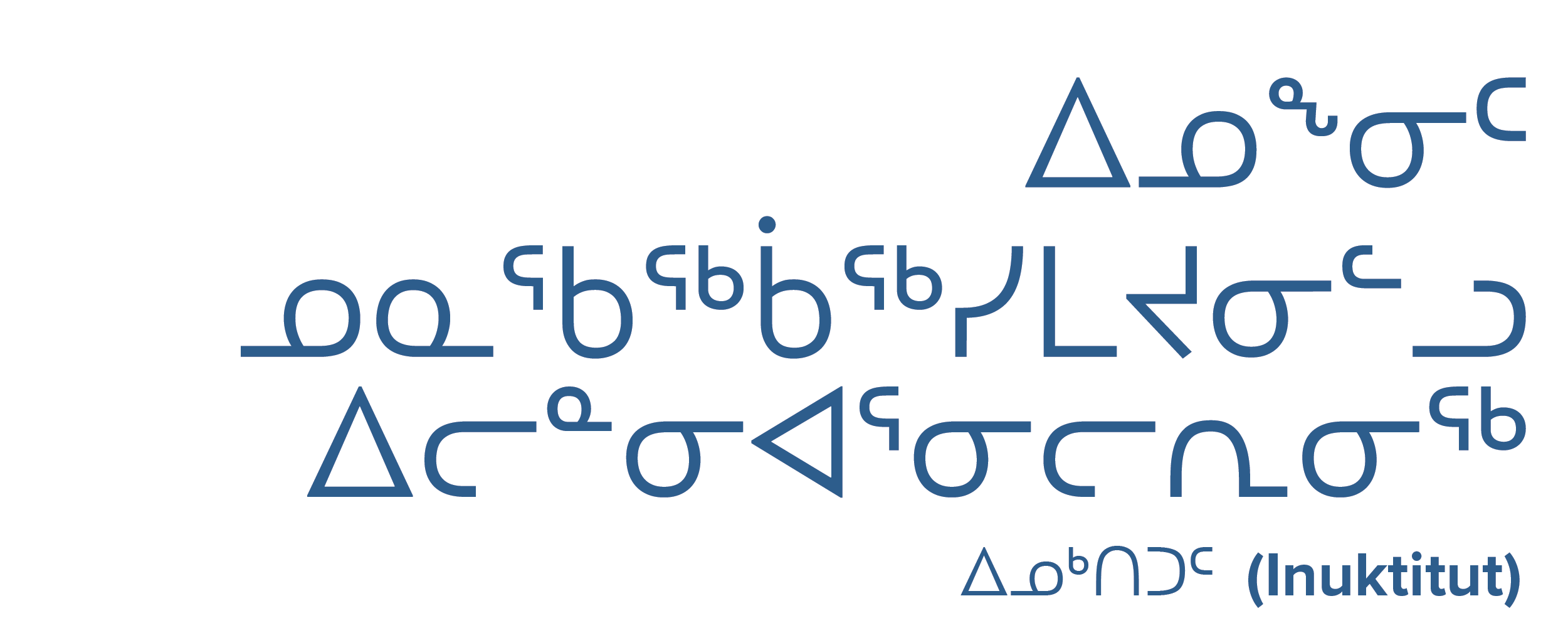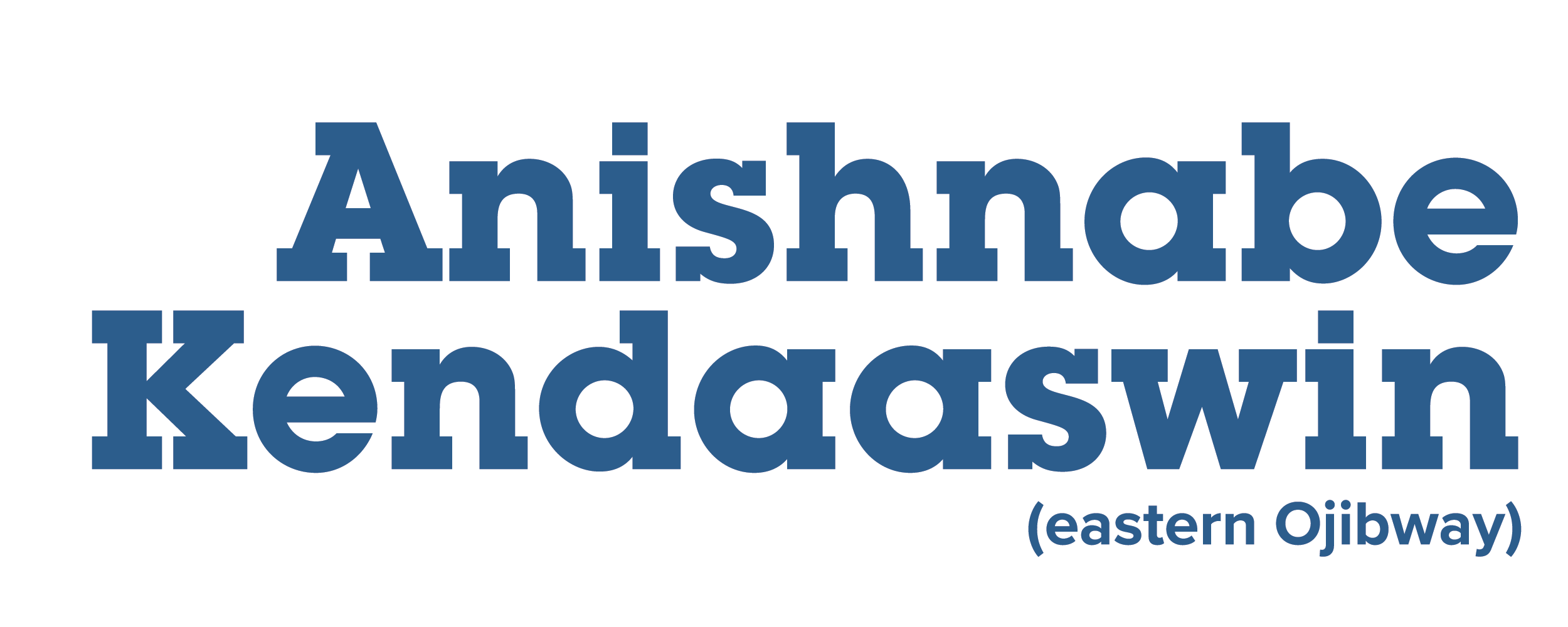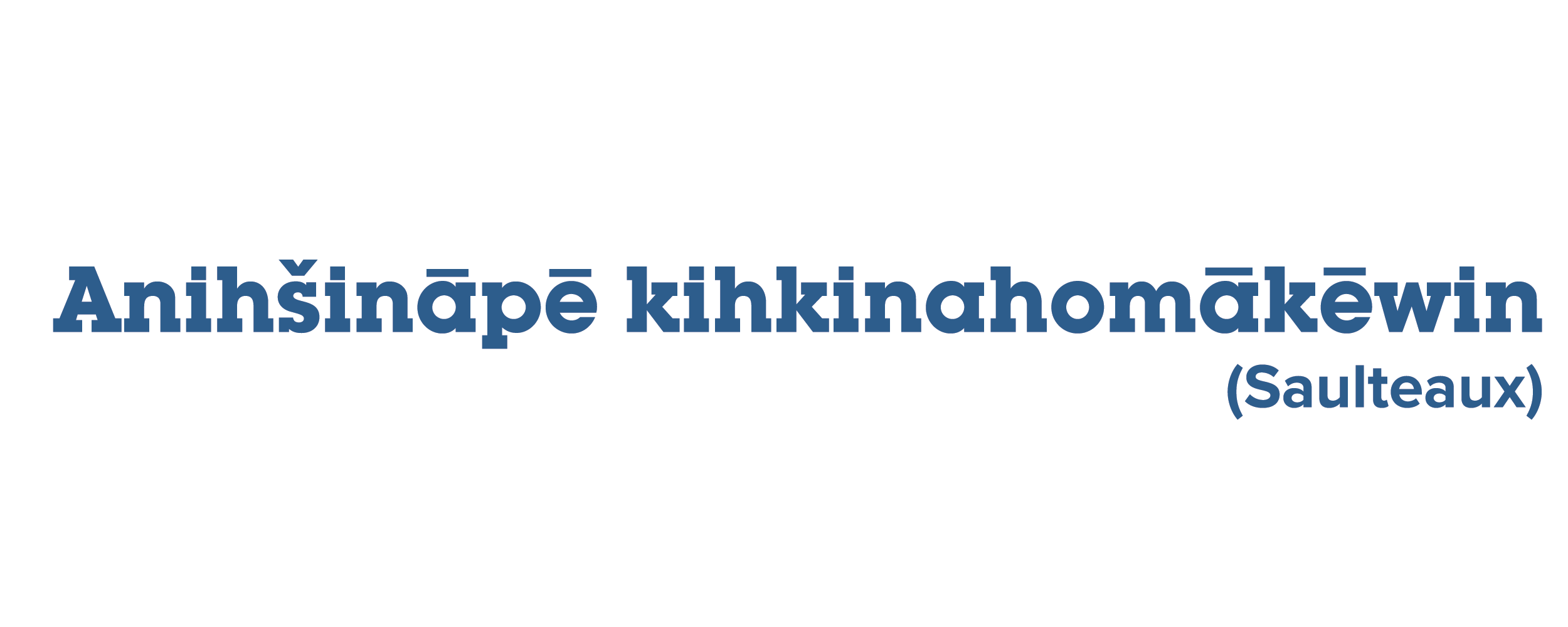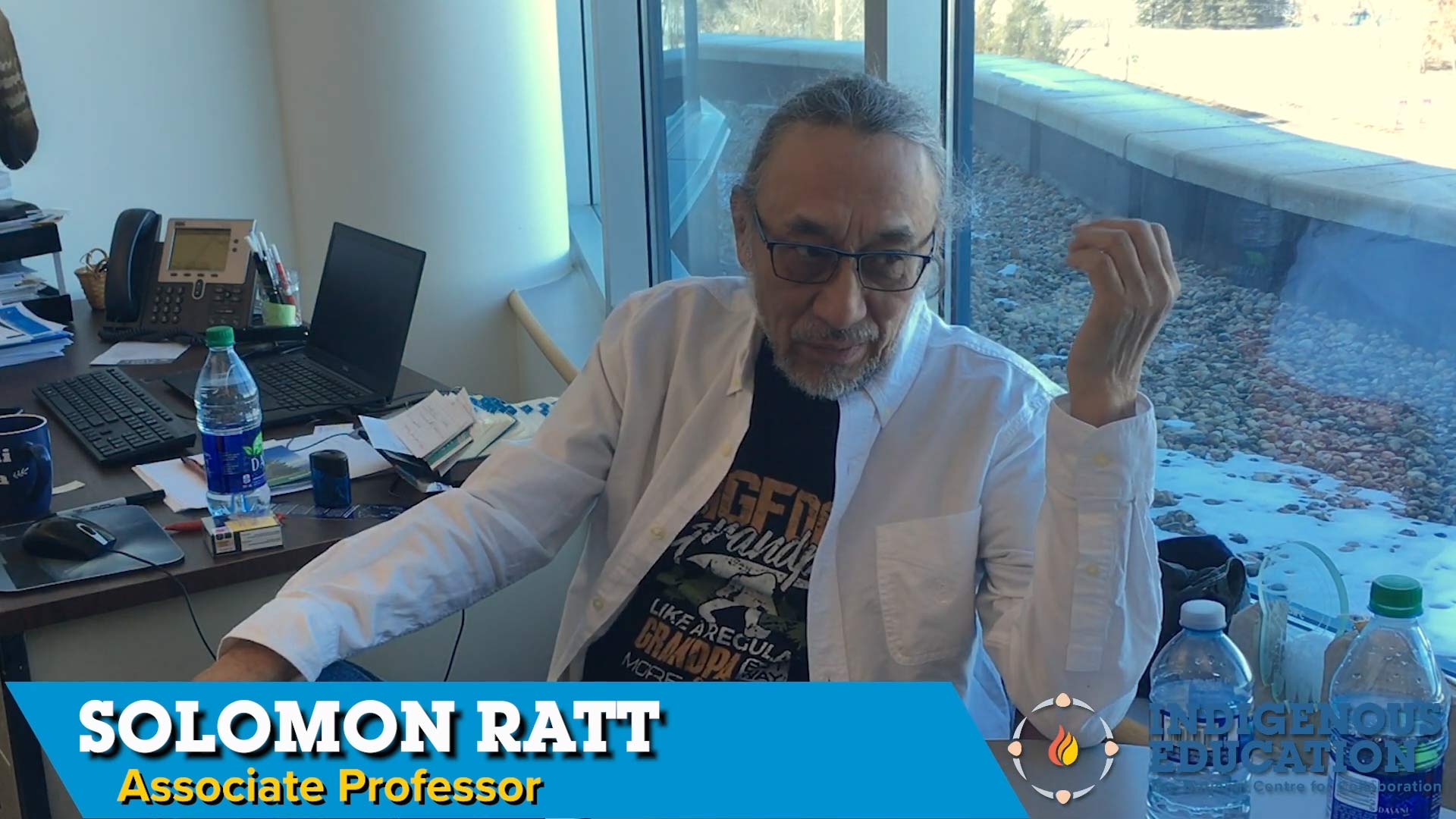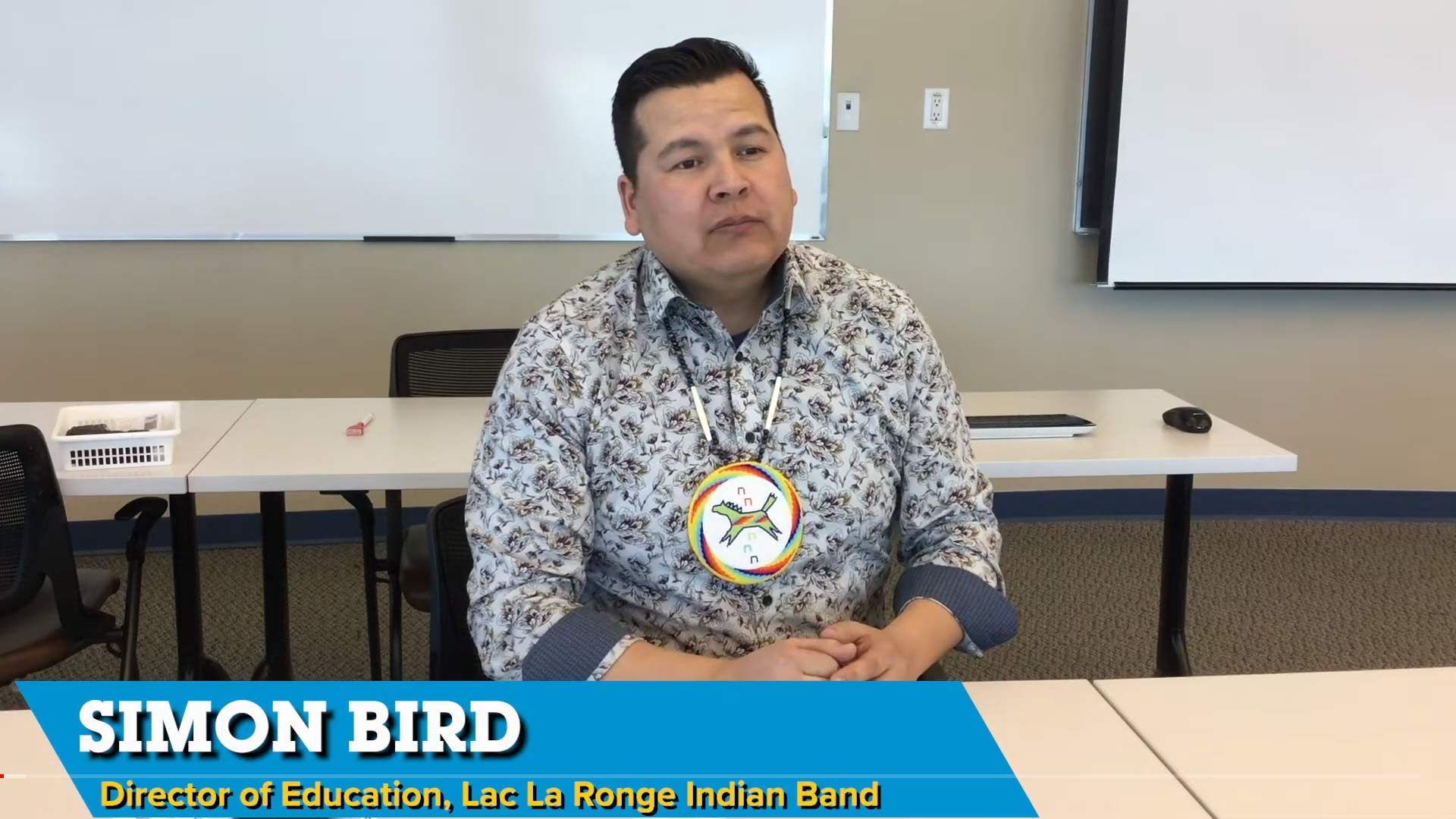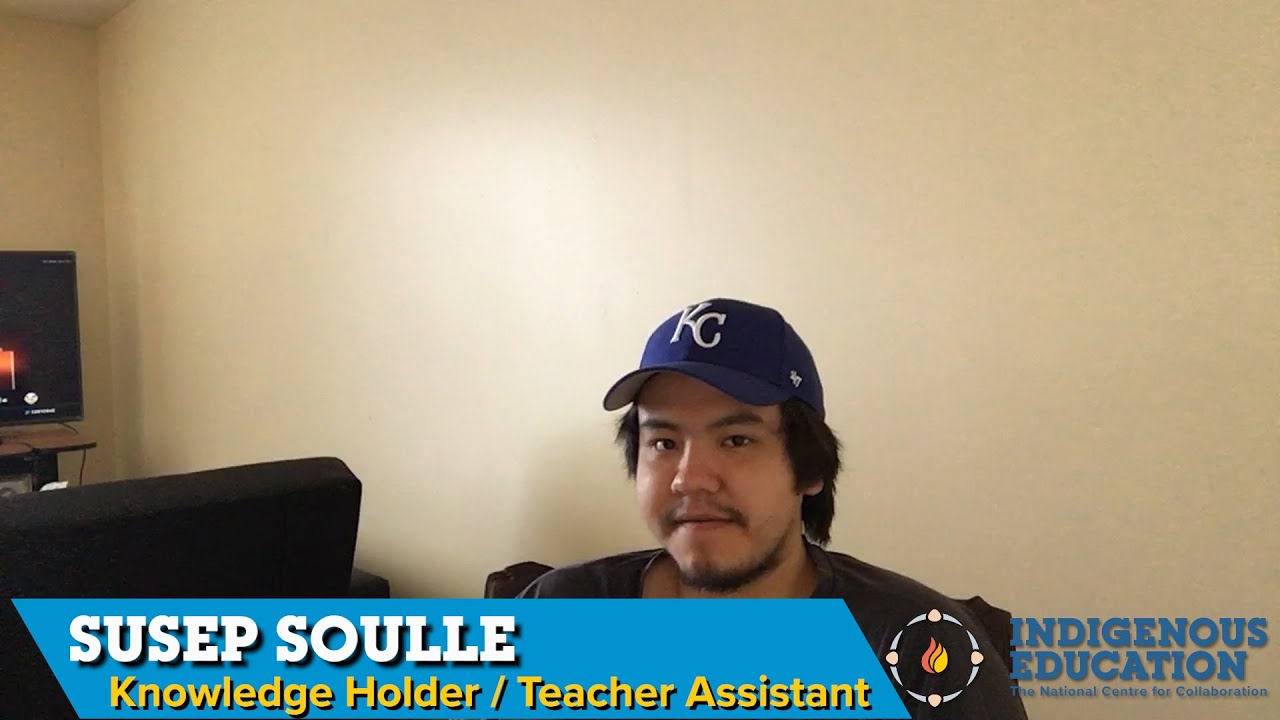Posted on May 7, 2020 by John Vallely
An Elder, who is preparing Anishinaabe people to be responsible, knowledgeable about their culture, creation and to show us our own personal role in Creation.
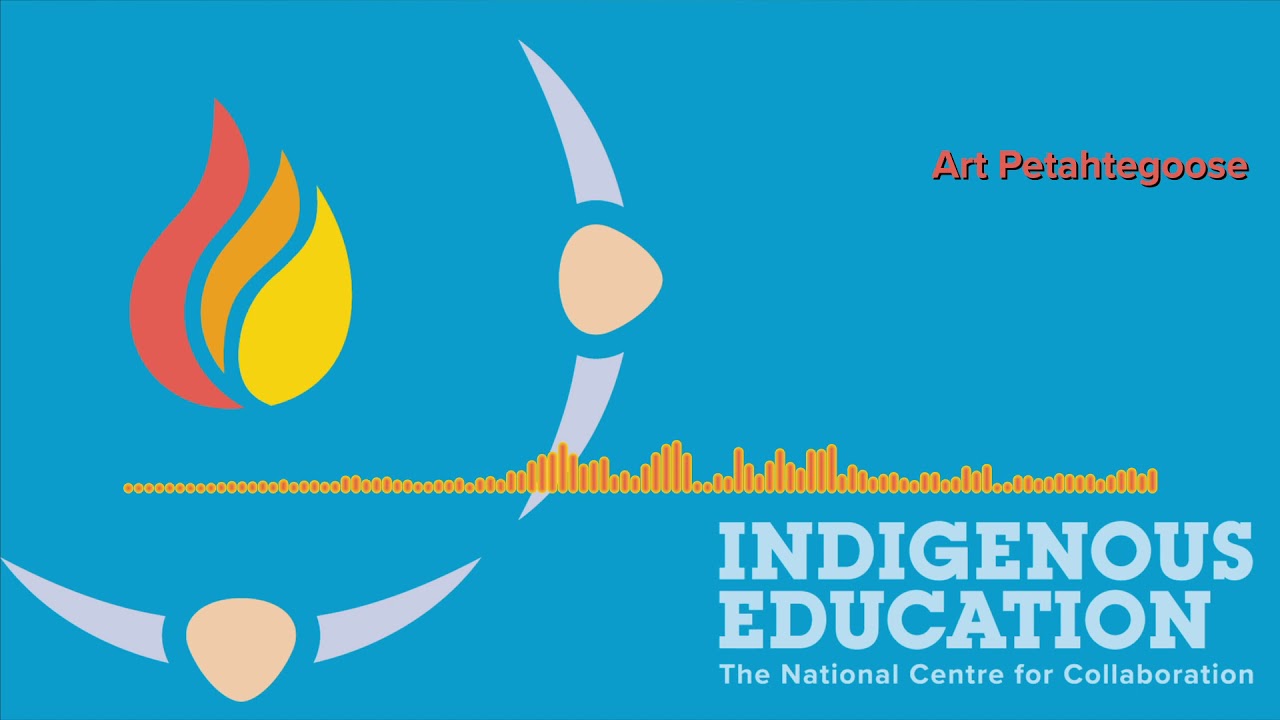
An Elder, who is preparing Anishinaabe people to be responsible, knowledgeable about their culture, creation and to show us our own personal role in Creation.
Posted on by John Vallely
“Choices” is an alternative School and General Cultural Programming within Native Friendship Centre and Native Health centres. The goal of the program was to revitalize culture and incorporate Anishnawbek ways.
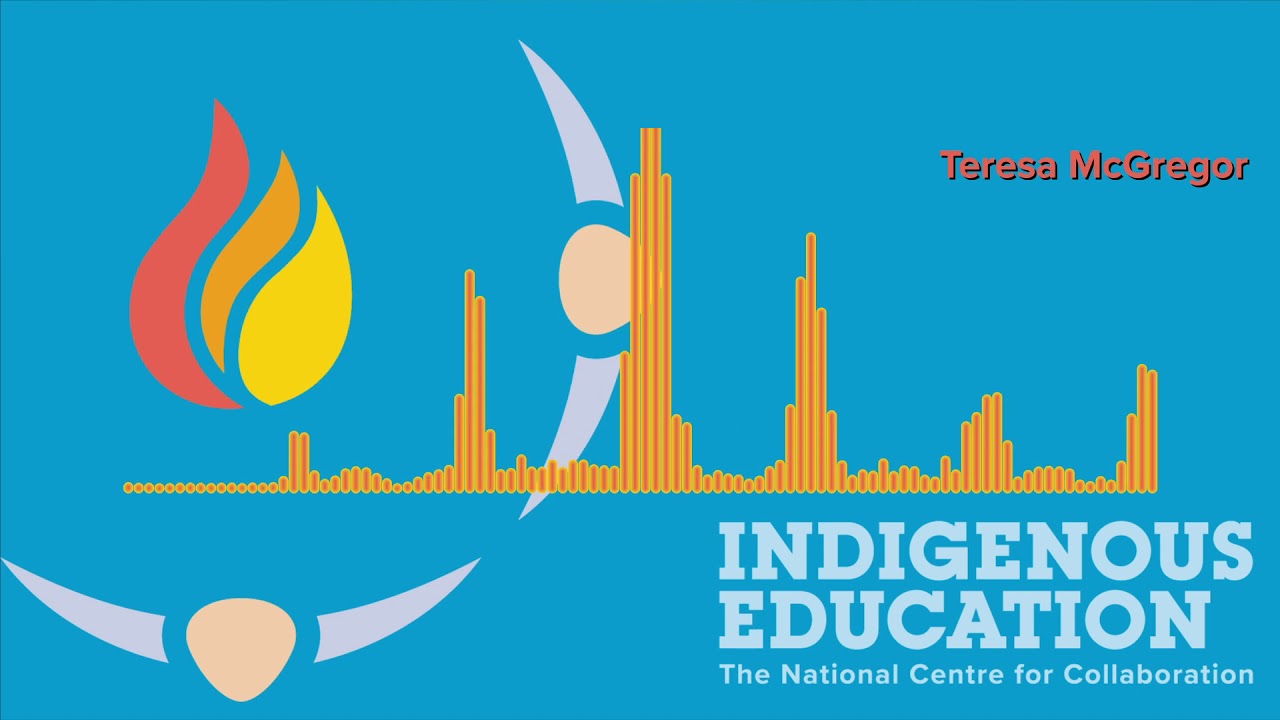
“Choices” is an alternative School and General Cultural Programming within Native Friendship Centre and Native Health centres. The goal of the program was to revitalize culture and incorporate Anishnawbek ways.
Posted on by Frannie and Kisa Rogers
Lonny is Traditional Knowledge Holder working to fill in what were cultural blank spaces with Indigenous dialogue and narrative to create a meaningful cultural support to the clients and staff of the Rotary House. Lonny discusses how important it is to create cultural space for not only clients but also for front line workers dealing […]
Lonny is Traditional Knowledge Holder working to fill in what were cultural blank spaces with Indigenous dialogue and narrative to create a meaningful cultural support to the clients and staff of the Rotary House. Lonny discusses how important it is to create cultural space for not only clients but also for front line workers dealing in the field of mental health. Cultural space is necessary for people to experience what is meaningful for them and to start healing steps. He shares the five components required for Indigenous Education to be truly culturally based and grounded.
Posted on by Jeremiah Sharpe
Manitoba First Nations School System (MFNSS), begun in 2017, has been empowered to engage in Indigenous led education within the province. Established by the Manitoba First Nations Education Resource Centre (MFNERC), MFNSS is a First Nations-designed and led school system. For more information, visit: https://www.mfnss.com/About/Pages/default.aspx#/=.
Manitoba First Nations School System (MFNSS), begun in 2017, has been empowered to engage in Indigenous led education within the province. Established by the Manitoba First Nations Education Resource Centre (MFNERC), MFNSS is a First Nations-designed and led school system. For more information, visit: https://www.mfnss.com/About/Pages/default.aspx#/=.

